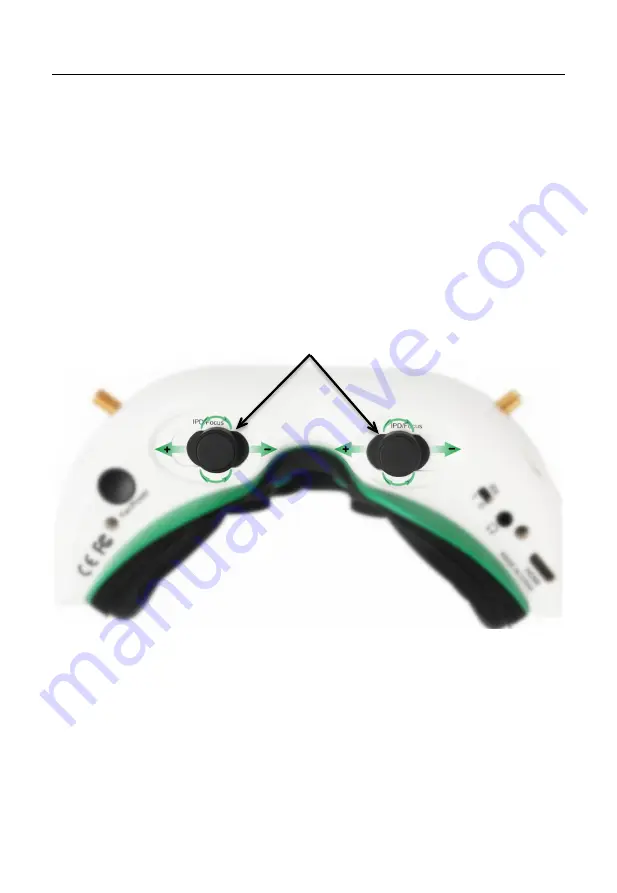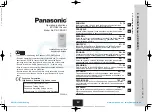
Fat Shark
7
While the headset is in Button Mode and powered off, a long press will turn on the headset.
While the headset is in operation, a short press on the power button will change the fan speed.
A beep will indicate maximum fan speed. A long press will power down the headset.
Fan speed is proportional to the input voltage. If the headset is being powered from a 2S
battery, maximum speed is recommended, and we recommend lowering fan speed if using a
3S source. The low battery alarm also exhibits different behaviors for 2S and 3S sources. It is
designed to work for a 2S source and may not provide much warning for a 3S source. We
recommend not relying on the low battery indicator if you are using a 3S source as it will
provide a very limited time window in which to return and land safely.
Optical Adjustments:
In addition to a larger field of view and higher resolution LCOS panel, the ATTV6 has a
completely updated optical engine that allows for both focus and interpupillary (IPD) adjustment.
Spending a little time getting these dialed in can dramatically improve the visual experience of
the ATTV6 over previous headsets.
The suggested method for optical adjustments is to first power on the headset and get a stable
image. This can be done by using a VRx with an external camera, the AV in, or even the DVR
menu. Once you have a stable image go through the following steps:
1)
Coarse Focus Adjustment
: As you move your thumb from left to right while wearing
the goggles, you will move the lenses in toward the headset. It is recommended that
you start by moving both lenses all the way in. Close one eye and slowly move just
that lens out until the image comes into focus. Once it works well with one eye,
repeat the process with the other eye.
2)
Coarse IPD Adjustment:
Close one eye and use the IPD adjustment to center the
image. Once the image is center, close your other eye and center the image.
IPD Sliders/ Focus Adjustment Wheels






























